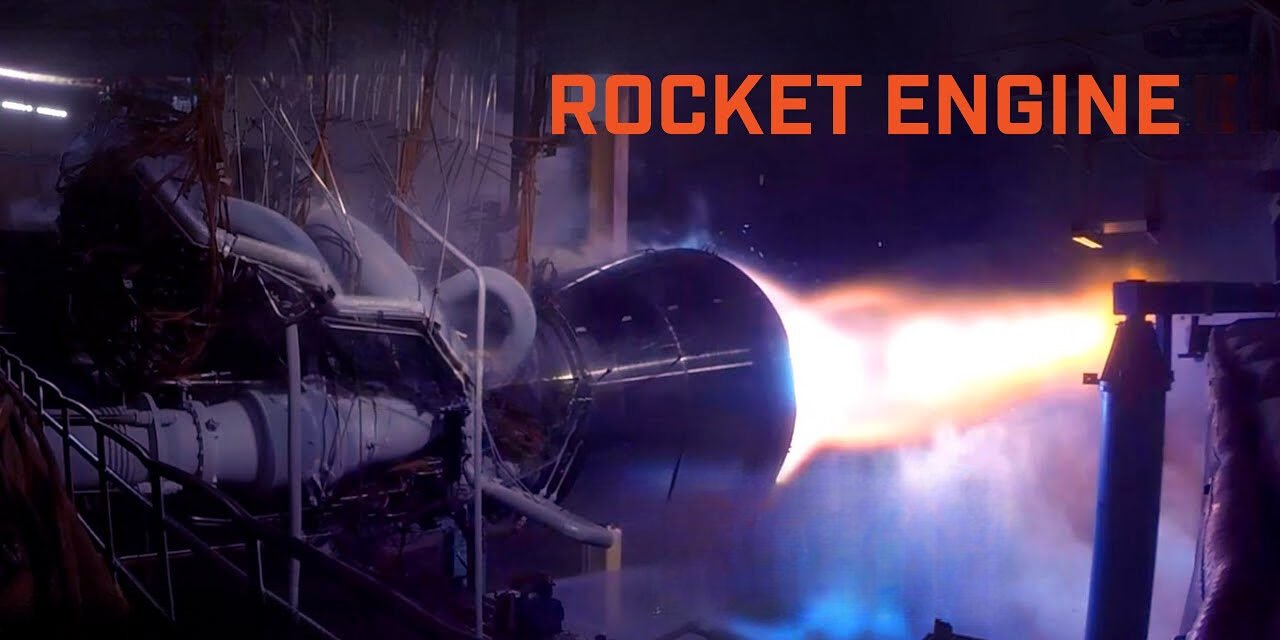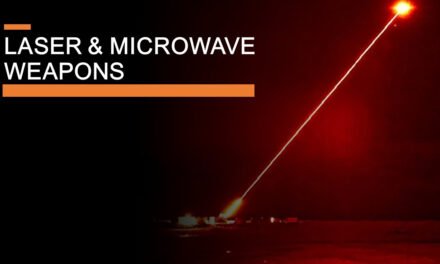Rocket engines and thrusters are the core technologies that enable space vehicles to overcome Earth’s gravity and reach orbit. They achieve this through the principles of Newton’s Third Law of Motion (“For every action, there is an equal and opposite reaction”) and are designed to generate enough thrust to lift a spacecraft into space and maintain or adjust its position in orbit.
How Rocket Engines Enable Vehicles to Reach Orbit
1. Generating Thrust
- Rocket engines expel high-speed exhaust gases created by the combustion of propellants (fuel and oxidizer).
- The force generated by this exhaust in one direction pushes the rocket in the opposite direction, creating thrust.
2. Overcoming Gravity
- To leave Earth’s surface, the rocket must generate a thrust greater than the gravitational force acting on its mass.
- The total thrust must also counter air resistance (drag) as the rocket ascends through the atmosphere.
3. Achieving Orbital Velocity
- To remain in orbit, a spacecraft must reach a specific horizontal velocity, known as orbital velocity, which for low Earth orbit (LEO) is approximately 28,000 km/h (17,500 mph).
- The rocket gradually tilts its trajectory from a vertical ascent to a horizontal path, a process called gravity turn.
Stages of Rocket Engines in Reaching Orbit
- Launch and Ascent (First Stage)
- The first stage provides the majority of the thrust needed to lift the rocket off the ground and through the dense atmosphere.
- Engines like SpaceX’s Merlin or NASA’s RS-25 use liquid propellants for efficient thrust.
- Solid rocket boosters (SRBs) are sometimes used for additional thrust, as seen in NASA’s Space Launch System (SLS).
- Stage Separation
- After burning its fuel, the first stage is discarded to reduce weight, and the second stage ignites to continue the journey.
- The second stage engines are optimized for operation in the vacuum of space, where there is no atmospheric pressure.
- Orbital Insertion (Upper Stages)
- Upper-stage engines, such as the RL10 or Raptor Vacuum, fine-tune the spacecraft’s velocity and trajectory to place it into a stable orbit.
- Once the desired orbital parameters are achieved, the engine shuts down to conserve fuel.
Role of Thrusters in Orbit
While rocket engines are critical for reaching orbit, thrusters are used for operations in space, such as orbit maintenance, maneuvering, and attitude control.
1. Reaction Control Systems (RCS)
- Small thrusters provide precise control over the spacecraft’s orientation (pitch, yaw, and roll).
- RCS thrusters are essential for docking, aligning instruments, and stabilizing the spacecraft.
2. Orbital Maneuvers
- Thrusters adjust the spacecraft’s orbit, such as raising or lowering altitude, or transferring to a different orbit.
- For example, ion thrusters are efficient for long-duration orbital changes, while chemical thrusters offer quick, powerful adjustments.
3. Station Keeping
- Geostationary satellites use thrusters to counteract gravitational perturbations and maintain their fixed position relative to Earth.
4. Deorbiting
- Thrusters are used to reduce a spacecraft’s velocity, allowing it to re-enter Earth’s atmosphere or move to a safe disposal orbit.
Types of Rocket Engines and Thrusters
1. Chemical Rocket Engines
- Liquid-Propellant Engines:
- Combine liquid fuel (e.g., liquid hydrogen, RP-1) with an oxidizer (e.g., liquid oxygen) for controlled combustion.
- Advantages: High thrust, adjustable power.
- Solid Rocket Engines:
- Use pre-mixed solid propellants.
- Advantages: Simplicity and reliability; often used as boosters.
- Hybrid Engines:
- Combine liquid oxidizers with solid fuels.
2. Electric Propulsion
- Ion Thrusters:
- Accelerate ions using electric fields, offering high efficiency and long operational lifespans.
- Hall Effect Thrusters:
- Use magnetic and electric fields to ionize and accelerate propellants.
- Electrospray Thrusters:
- Expel charged particles for precise adjustments.
3. Nuclear Thermal and Electric Propulsion (Future Concepts)
- Use nuclear reactions to heat or generate electricity for propulsion, providing high efficiency for deep-space missions.
Challenges in Reaching Orbit
- Gravity Losses:
- Energy is lost fighting Earth’s gravity, especially during the vertical ascent.
- Aerodynamic Drag:
- Rockets must overcome air resistance, which is significant in the lower atmosphere.
- Mass Constraints:
- The rocket must balance the weight of propellant, payload, and structure to achieve optimal efficiency.
- Precision Navigation:
- Small errors in thrust direction or velocity can lead to mission failure.
Key Innovations
- Reusable Rockets:
- SpaceX’s Falcon 9 first stage can land and be reused, reducing costs.
- Advanced Materials:
- Lightweight, heat-resistant materials improve engine performance and efficiency.
- Additive Manufacturing:
- 3D printing enables complex, lightweight engine designs.
- Autonomous Navigation:
- Systems like SpaceX’s automated “entry burn” for landing optimize flight paths without manual control.
Conclusion
Rocket engines and thrusters enable space vehicles to overcome Earth’s gravity, reach orbital velocity, and maintain or adjust their position in orbit. They combine the raw power of chemical propulsion with the precision of advanced thruster technologies to achieve a variety of mission objectives, from satellite deployment to deep-space exploration.
Hashtags
#RocketEngines #SpacePropulsion #RocketTechnology #PropulsionSystems #ChemicalPropulsion #LiquidFuelEngines #SolidRocketBoosters #ElectricPropulsion #IonThrusters #HybridRocketEngines #AdvancedPropulsionTech #SustainableRocketTech #EngineTesting #GlobalPropulsionInnovation #FutureOfSpacePropulsion













